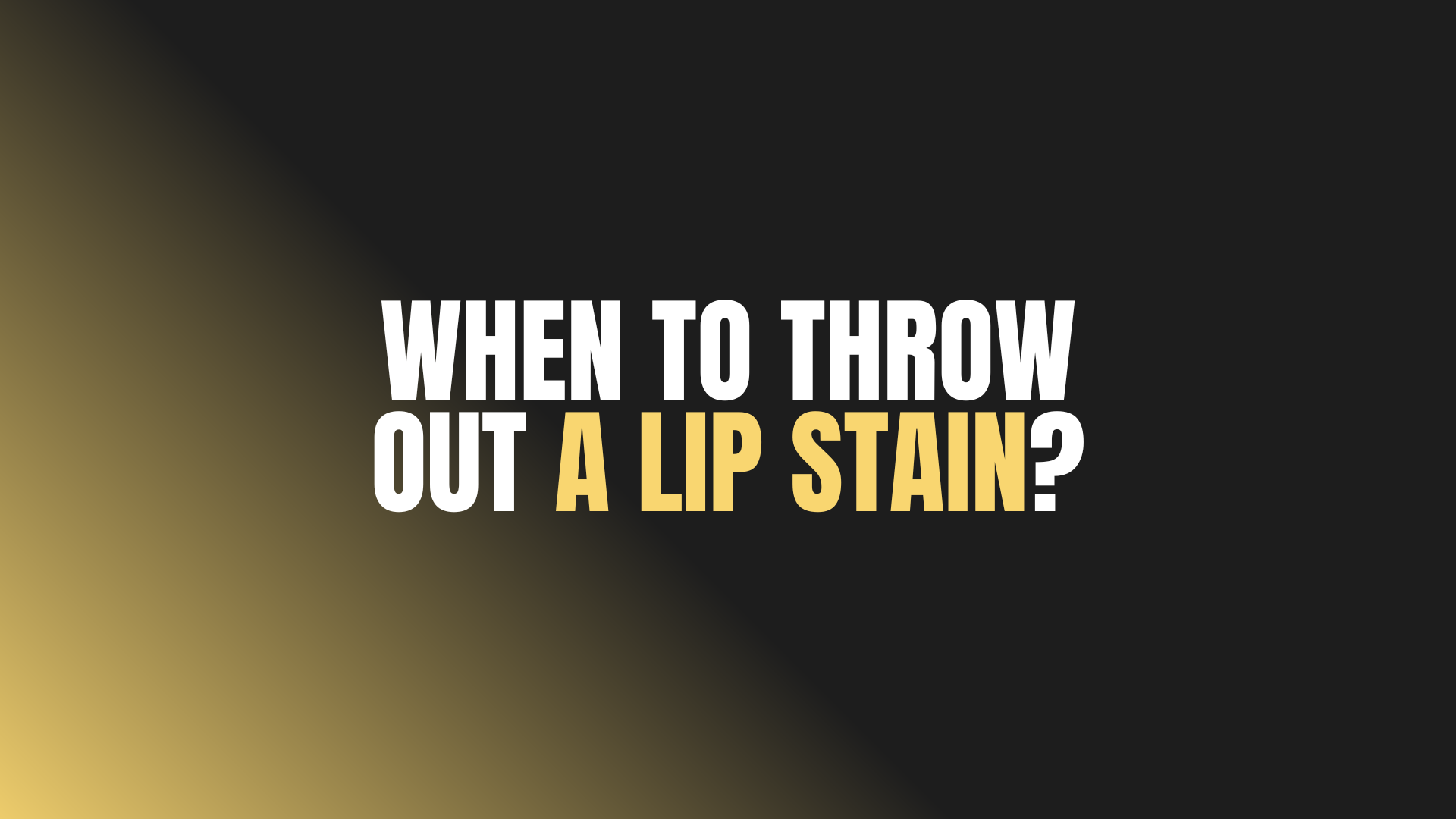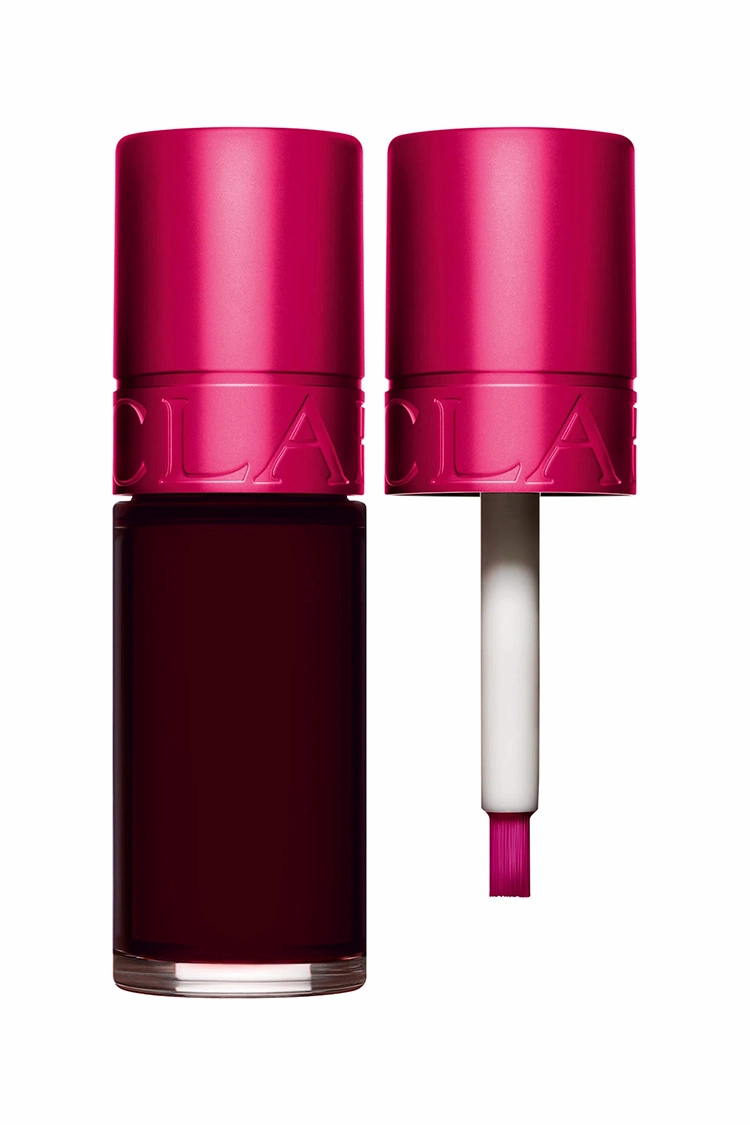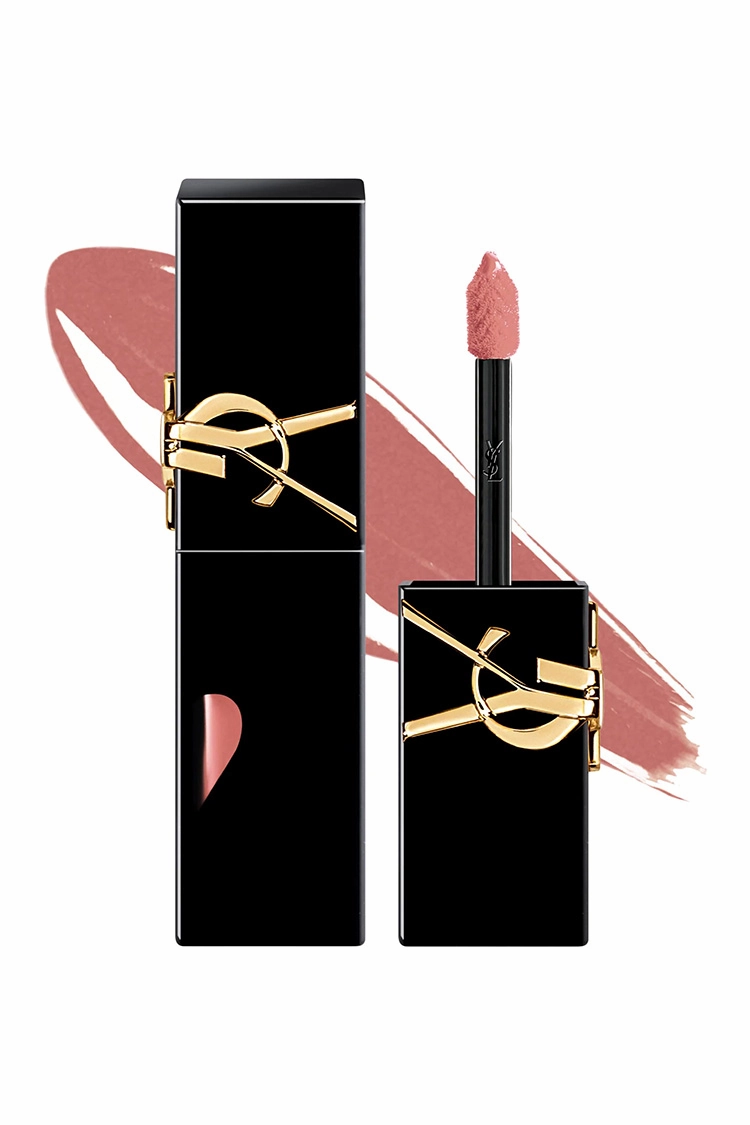
We thoroughly assess all products before recommending them. We may be compensated if you choose to buy through links on our site.
Question: When to Throw Out a Lip Stain?
Answer: You should throw out a lip stain 12-24 months after opening, or sooner if the color, smell, or texture changes. Also, toss it after an illness like a cold sore. Always check the PAO (Period After Opening) symbol for the recommended lifespan.
Understanding Your Lip Stain’s Lifespan
We all adore a perfect lip stain. It gives you that effortless, just-bitten look that lasts through lattes and long meetings. You likely have a favorite shade you reach for constantly. You apply it without a second thought, expecting that vibrant color and comfortable wear every time. But have you ever paused to consider the product’s health? Makeup does not last forever, and your trusty lip stain is no exception. Knowing the right time to say goodbye is essential for both performance and your personal safety. The question of when to throw out a lip stain involves more than just noticing it is running low. It requires you to become a detective, looking for subtle clues that signal its decline.
Lip stains, with their liquid, often water-based formulas, create a specific environment for their ingredients. This environment can change over time. Exposure to air, contact with your lips, and the simple passage of time all affect the product’s stability and safety. Most beauty products have a Period After Opening (PAO) symbol, which looks like a tiny open jar with a number followed by an ‘M’. This symbol indicates how many months the product remains safe to use after you first open it. For lip stains, this is typically between 6 to 12 months. This timeframe is shorter than many other makeup items because of the applicator and formula.

Best Lip Stain
Lip Stain
From gentle toning to intense color correction, these lip stains offer targeted solutions for blonde and highlighted hair...
The Telltale Signs of a Spoiled Product
Your senses are your best tools for determining if a lip stain has expired. Long before you might experience any negative reaction, the product itself will show you clear signs of spoilage. You just need to know what you are looking for. An expired lip stain will not perform as it should, often resulting in a patchy or faded application. More importantly, it can harbor harmful bacteria that you definitely do not want near your mouth.
Paying attention to these changes protects your health and ensures your makeup application is always flawless. We recommend checking your products every few months to catch these signs early. Getting into this habit makes the decision of when to throw out a lip stain an easy one. You can build a routine around checking your most-used liquid products, like foundation, concealer, and of course, your lip stains. Here are the most obvious indicators that your lip stain needs to be replaced immediately.
-
A Change in Smell
Your nose often knows first. Fresh lip stains usually have a light, pleasant scent, or sometimes no scent at all. If you uncap your product and detect a strange odor, it is a major red flag. A spoiled lip stain might smell sour, waxy, or like old crayons. This funky smell is a direct result of bacteria growth or the chemical ingredients breaking down. Do not ignore this warning. If the scent has changed in any way from when you first opened it, its journey is over. The product is no longer safe for application on the delicate skin of your lips. Toss it in the trash without hesitation. -
An Altered Texture
A good lip stain has a smooth, consistent texture that glides effortlessly onto your lips. When the formula begins to expire, this texture changes dramatically. You might notice it has become thick, goopy, or unpleasantly sticky. It could also do the opposite and separate, becoming watery with clumps of pigment settling at the bottom. If you have to pump the wand excessively to get any product, or if it feels streaky and dry during application, the formula has destabilized. This change not only makes for a terrible look but also indicates the product’s preservatives are no longer effective. A compromised texture is a clear signal to discard the product.
Related Article: Is Lip Stain Safe?
Related Article: Should I Put Chapstick on Before Lip Stain?
Why Using Expired Lip Stain Is a Bad Idea
It can be tempting to keep using a beloved lip stain, especially if it was a limited edition or a bit pricey. However, the risks associated with using an expired lip product are significant. The primary concern is bacteria. Every time you apply a lip stain, the wand touches your lips and then goes back into the tube. This action introduces all the bacteria from your mouth into the dark, moist environment of the product container. This creates an ideal breeding ground for germs. Over time, the preservatives in the formula break down and lose their ability to fight off this bacterial growth. Using a product contaminated with bacteria can lead to a host of unpleasant issues. You could experience skin irritation, redness, swelling, or tiny bumps around your mouth. In more serious cases, it can trigger an allergic reaction or lead to infections like cheilitis, which is an inflammation of the corners of the mouth.
If you are prone to cold sores, an old lip stain can even reactivate the virus. Your lip health is paramount, and no makeup product is worth jeopardizing it. The financial loss of replacing a product is minimal compared to the potential discomfort and health problems from using an expired one. Remember this every time you question when to throw out a lip stain.
Making Your Lip Stain Last Longer
While every lip stain has a finite lifespan, you can take steps to ensure it reaches its full potential safely. Proper storage and handling habits can preserve the product’s integrity and prevent premature spoilage. These simple practices protect your investment and your health. They keep the formula stable and reduce its exposure to contaminants, helping it stay fresh for the entire duration indicated by the PAO symbol. Think of it as good makeup hygiene.
Just as you wash your brushes, you should also care for the products themselves. By implementing these tips, you will get the most out of every tube and feel confident in every application. The goal is to create an environment where your lip stain can thrive, free from heat, light, and bacteria that accelerate its decline. These habits are easy to adopt and make a real difference in the longevity and safety of your favorite liquid lip products.
-
Store It Properly
Where you store your makeup matters. Lip stains should be kept in a cool, dark, and dry place. Your bathroom medicine cabinet is actually one of the worst spots because the heat and humidity from showers can degrade the formula and encourage bacterial growth. A drawer in your bedroom dresser or a makeup bag stored in a closet is a much better choice. Also, avoid leaving your lip stain in a hot car or in direct sunlight, as high temperatures can break down the preservatives and alter the product’s color and texture permanently. -
Keep It Clean and Tight
Never share your lip stain with anyone. Sharing applicators is a direct route for transferring germs. To maintain a clean product, always apply your lip stain to clean, dry lips. Avoid applying it immediately after eating to prevent food particles and oils from contaminating the tube. For an extra step, you can occasionally wipe the doe-foot applicator with a clean, dry tissue before reinserting it into the tube. Finally, always make sure you screw the cap on tightly after each use. A secure seal prevents air from getting inside, which can dry out the product and introduce airborne contaminants. This simple action preserves the formula’s consistency.
Product Labels and Symbols
The packaging on your lip stain holds important clues about its shelf life. You just need to learn how to read the signs. The most critical symbol is the Period After Opening (PAO) icon. As mentioned, this symbol looks like a small jar with its lid off. Inside or next to this jar, you will see a number followed by the letter ‘M’, such as ‘6M’ or ’12M’. This code tells you the number of months the product is guaranteed to be safe and effective after you first open it and break the seal. This is the single most reliable indicator for when to throw out a lip stain. The clock starts ticking the moment you first use it, not the day you purchase it.
To keep track, consider a simple but brilliant trick. Use a fine-tipped permanent marker to write the date you opened the product directly on the bottom or side of the tube. This removes all guesswork. Months later, you will know exactly how long it has been in your rotation. You might also notice a batch code, which is a short series of letters and numbers printed on the packaging. While this code is primarily for the manufacturer’s internal tracking, some websites allow you to look up batch codes to see the production date, which is useful if you want to ensure you are buying a fresh product from the store.
Comparing Lip Stains to Other Lip Products
Understanding how your lip stain’s lifespan compares to other products in your makeup bag provides valuable context. Different formulas and packaging dictate different expiration dates. Lip stains have a shorter life because they are liquid-based and use a wand applicator, a system that repeatedly introduces bacteria into the product. This knowledge helps you manage your entire makeup collection more effectively, ensuring everything you apply is fresh and safe. Knowing these distinctions can also influence your purchasing decisions.
If you do not wear makeup often, you might opt for a product with a longer shelf life. Or, you might choose a travel-sized lip stain to ensure you can use it up before it expires. This comparative understanding makes you a more informed consumer. It answers not only when to throw out a lip stain but also why its rules are different from those for a lipstick or lip liner, empowering you to curate a safer and more efficient makeup collection.
-
Lipstick and Lip Gloss
Traditional bullet lipsticks have a much longer lifespan, typically lasting from one to two years. Their wax-and-oil-based formula is less hospitable to bacteria than the water-based formula of many stains. Lip glosses, however, share a similar shelf life to lip stains, usually around 12 months. This is because they also use a wand applicator that gets dipped back into the tube, creating the same potential for contamination. -
Lip Liners and Liquid Lipsticks
Lip liners in pencil form are the most long-lasting lip product. They can last for up to two years because the sharpening process continuously removes the top layer that has been exposed to air and bacteria, revealing a fresh surface with each use. Liquid lipsticks, which are often thicker and more opaque than stains, generally follow the same rules as lip stains and glosses. Their liquid formula and wand applicator mean they should be replaced within about 6 to 12 months for optimal safety and performance.
Conclusion
Your beauty routine should be a source of joy, not a health risk. Knowing when to throw out a lip stain is a simple yet crucial act of self-care. By regularly checking your products for changes in smell, texture, and color, and by respecting the PAO symbol, you ensure every swipe of color is safe, effective, and beautiful. When in doubt, it is always best to toss it. A fresh lip stain will deliver the vibrant, long-lasting results you love without any of the risks. Keep your makeup collection fresh, and your lips will thank you for it.


